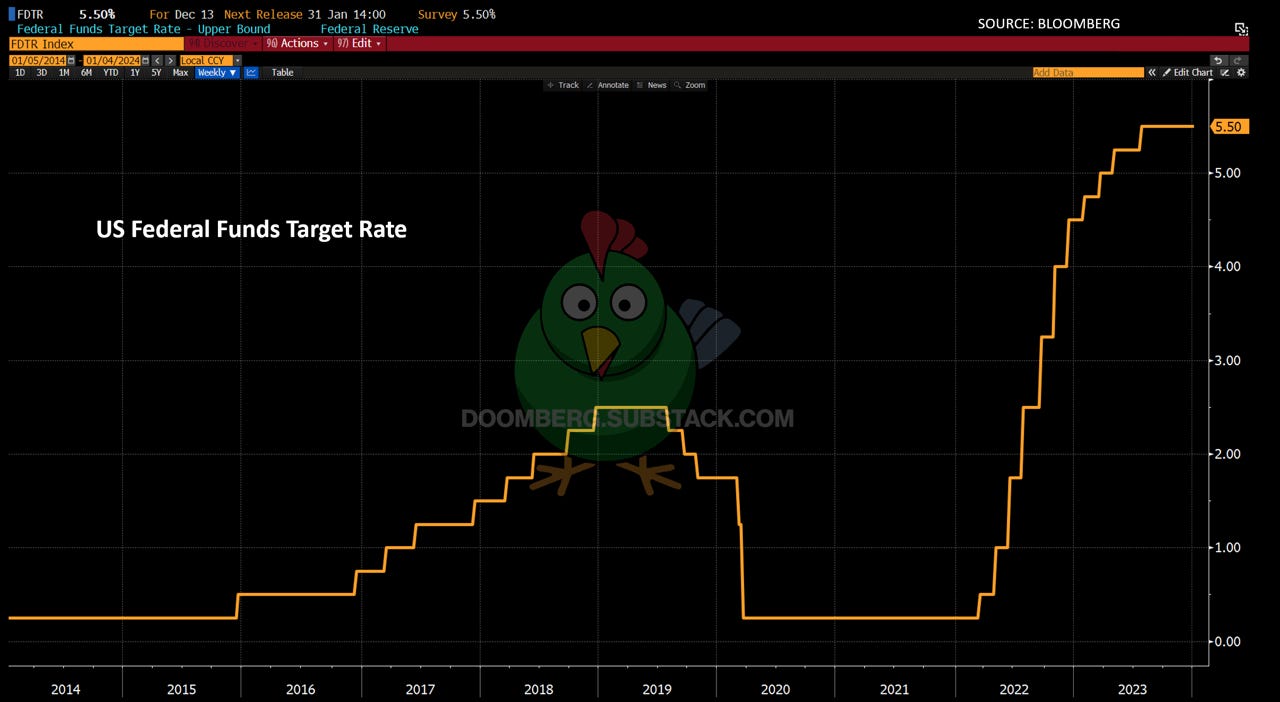Slick Landing
Solving the mystery of the missing US recession.
“They say any landing you can walk away from is a good one.” – Alan Shepard
In the first half of 2022, the US economy was struggling. Real gross domestic product (GDP) was negative in the first quarter, and with war raging in Ukraine, energy prices skyrocketing, and Federal Reserve Chair Jerome Powell beginning what he promised would be an aggressive campaign of interest rate hikes, the strong consensus among macroeconomic analysts put the country on a path to an imminent and deep recession. When the second quarter GDP print hit the wires just weeks before crucial midterm elections, a partisan debate over the economy’s nosedive quickly unfolded. We turn to NPR for a sense of the spin of the day (emphasis added throughout):
“The U.S. economy shrank in the last three months by 0.9%. This is the second consecutive quarter where the economy has contracted. In the first quarter, GDP, or gross domestic product, decreased at an annual rate of 1.6%.
While two consecutive quarters of negative growth is often considered a recession, it's not an official definition. A nonprofit, non-partisan organization called the National Bureau of Economic Research determines when the U.S. economy is in a recession. An NBER committee made up of eight economists makes that determination and many factors go into that calculation.
The White House has pushed back against calling the current economy a recession. It is no doubt aware of the role the economy is going to play in the midterm elections.”
Given the political stakes, nearly all market participants—including the ones at this publication—doubted Powell’s resolve to break the back of inflation, regularly underestimating both the pace and extent to which rates would be hiked. No matter how many times the Fed chair signaled “higher for longer,” the futures market simply refused to price in what would become reality, believing he would retreat at the first sign of rupture in the economy. Few would have predicted how rates ultimately unfolded in the year ahead:
Even more surprising than Powell’s steadfastness was the benign impact elevated rates were having on the economy. GDP rebounded in the third quarter of 2022 and has stayed positive ever since. Last week, the US Bureau of Economic Analysis published the final numbers for the period ending October 31, 2023:
“Real gross domestic product (GDP) increased at an annual rate of 4.9 percent in the third quarter of 2023, according to the ‘third’ estimate. In the second quarter, real GDP increased 2.1 percent…
The increase in real GDP reflected increases in consumer spending, private inventory investment, exports, state and local government spending, federal government spending, residential fixed investment, and nonresidential fixed investment..”
Macroeconomic forecasting is notoriously difficult, and when the economy behaves in ways totally orthogonal to the vast consensus, unique opportunities to learn are on offer. Having pored over the data published in recent weeks and months, we have arrived at a conclusion few are discussing. If we are right, the US will avoid slipping into a recession altogether, just as Powell pivots to looser conditions ahead of the 2024 elections. Let’s explore what we think might really be going on.



